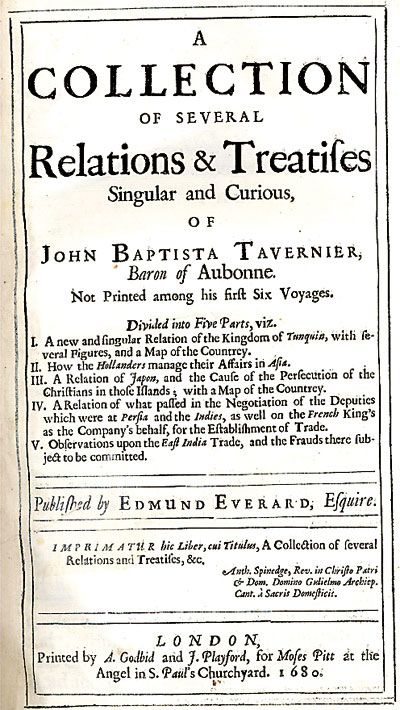The ‘real deal’: Antiquarian books on Ceylon
“In the highest civilization the book is still the highest delight”.
- Ralph Waldo Emerson, Quotation and Originality
There comes a time when all who have lovingly built up libraries – either accumulations or collections – have to relinquish their books carefully preserved, perhaps over the course of adulthood.
This situation occurs for many reasons other than death, when one joins the Universal Library (read Jorge Louis Borges’ short story “The Tower of Babel”): short of space, financial considerations, lack of a guardian to continue the library, a desire to gift the books to an institution or library to serve researchers in particular and the public in general, and so on.
It came as a surprise when Ismeth Raheem informed me that he planned to dispose of a major part of his awesome library consisting of a collection of valuable antiquarian descriptive books on Ceylon published from 1680-1900, which he had acquired over half a century.
Ismeth Raheem is primarily known as one of Sri Lanka’s senior architects, an early student of Geoffrey Bawa. But his scope of knowledge goes well beyond his profession. He is an art historian of considerable repute, having published catalogues and books on art, painting, sculpture, architecture, natural history and 19th-century photography.
 He is an assiduous researcher – I know from experience as he has helped me with many obscure topics, the results of which have appeared in The Sunday Times – and supported HAI (Ian) Goonetileke in his bibliographical endeavours. Ismeth has also worked with curators abroad at museums in London, New York, Amsterdam and elsewhere.
He is an assiduous researcher – I know from experience as he has helped me with many obscure topics, the results of which have appeared in The Sunday Times – and supported HAI (Ian) Goonetileke in his bibliographical endeavours. Ismeth has also worked with curators abroad at museums in London, New York, Amsterdam and elsewhere.
The reason why Ismeth wishes to dispose of this valuable part of his library does not concern us: it is the content that does. Books concerning the Island published prior to the arrival of the British include Jean-Baptiste Tavernier’s ‘A Collection of Sexual Relations & Treatises’, Rodriquez De Saa Y Menesez’s Rebellion de Ceylan (1681), Phillipus Baldaeus’ Description of Malabar and Ceylon (1703: Churchill’s English edition), Captain João Ribeiro’s Historie de l’Isle de Ceylon (1721) and Henriquès Pangrapho’s Voyage à la Ceylan (1770).
Early British books from the 19th century include Robert Percival’s An Account of the Island Ceylon (1803), James Cordiner’s A Description of Ceylon (1807), Maria Graham’s Journal of a Residence in India (1809), Anthony Bertolacci’s A View of the Agricultural, Commercial and Financial Interests of Ceylon (1817), John Davy’s An Account of the Interior of Ceylon (1821),
From the British period is the translation of Dutchman Jacob Haafner’s Travels on Foot Through the Island of Ceylon (1821) and the original French edition of Le Comte de Noé’s Le Ceylan (1826).
Finally, from the rich period prior to the mid-19th century, there is Major Jonathan Forbes’ Eleven Years in Ceylon (1840), De Butts’ Rambles in Ceylon (1841), James Campbell’s Excursions, Adventures, and Field-sports in Ceylon (1843), James Selkirk’s Recollections of Ceylon (1844), Henry Marshall’s Ceylon: A General Description of the Island and its Inhabitants (1846), Henry Charles Sirr’s Ceylon and the Cingalese (1850), and Henry Marshall’s Ceylon: A General Description of the Island and its Inhabitants (1846).
Altogether there are some 60 books, some of which are enhanced by bearing the author’s signature. It’s a collection that I have, but mostly in the form of modern reprints. But Ismeth Raheem’s collection is the ‘real deal’; a comprehensive collection of antiquarian books on Ceylon that will interest bibliophiles, researchers, or anyone who wishes to possess the ‘highest delight’.


